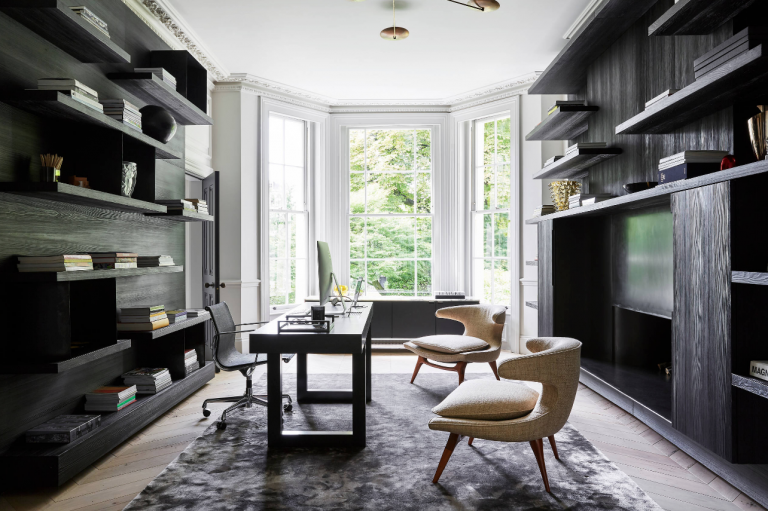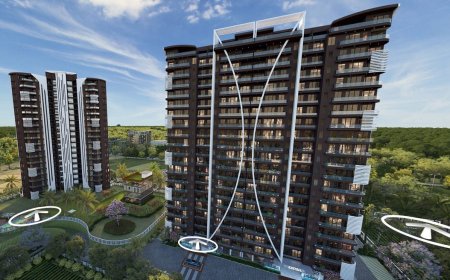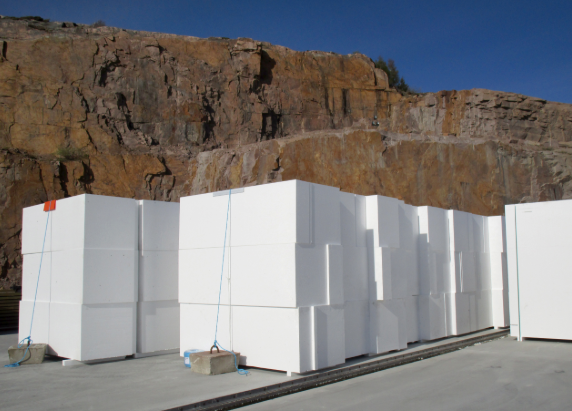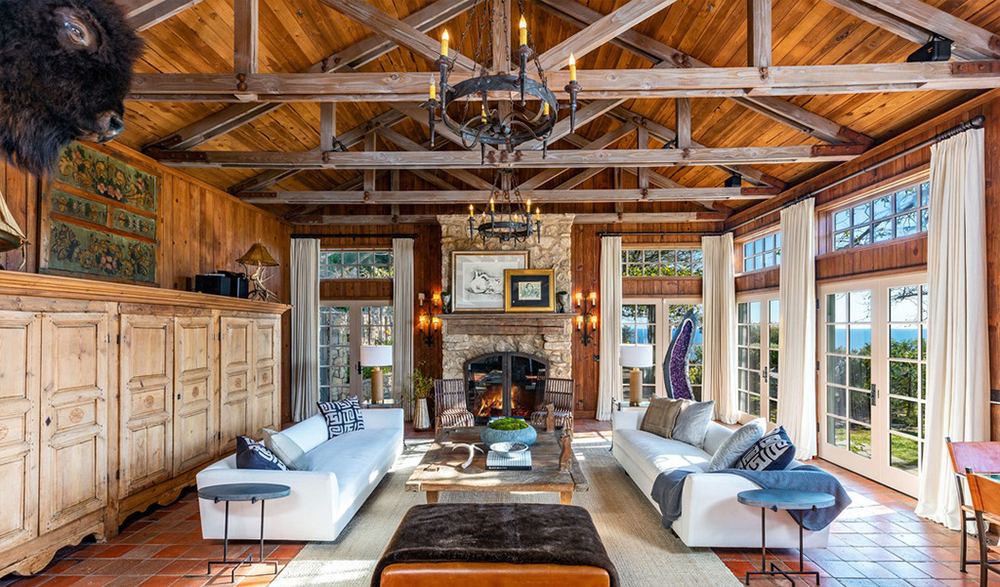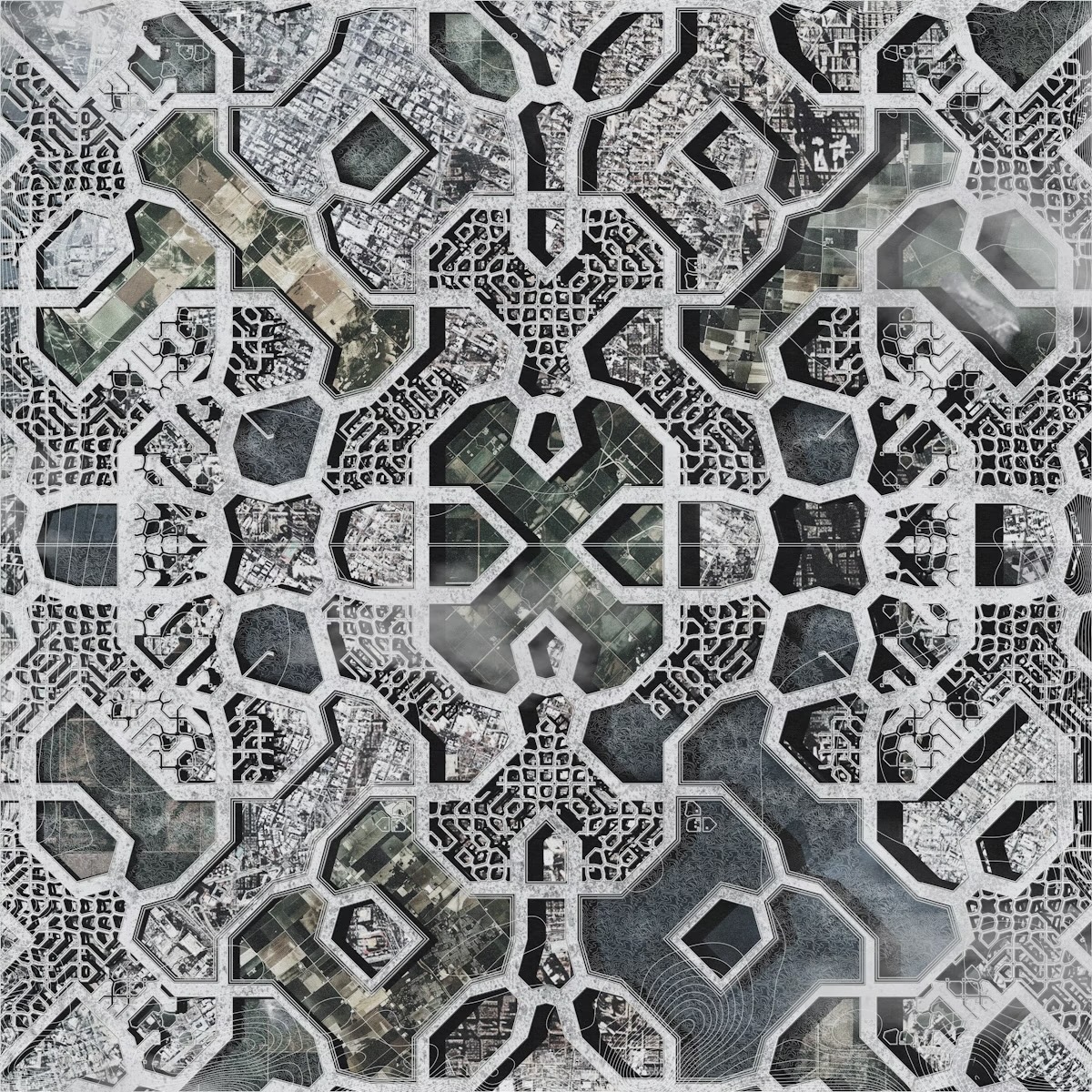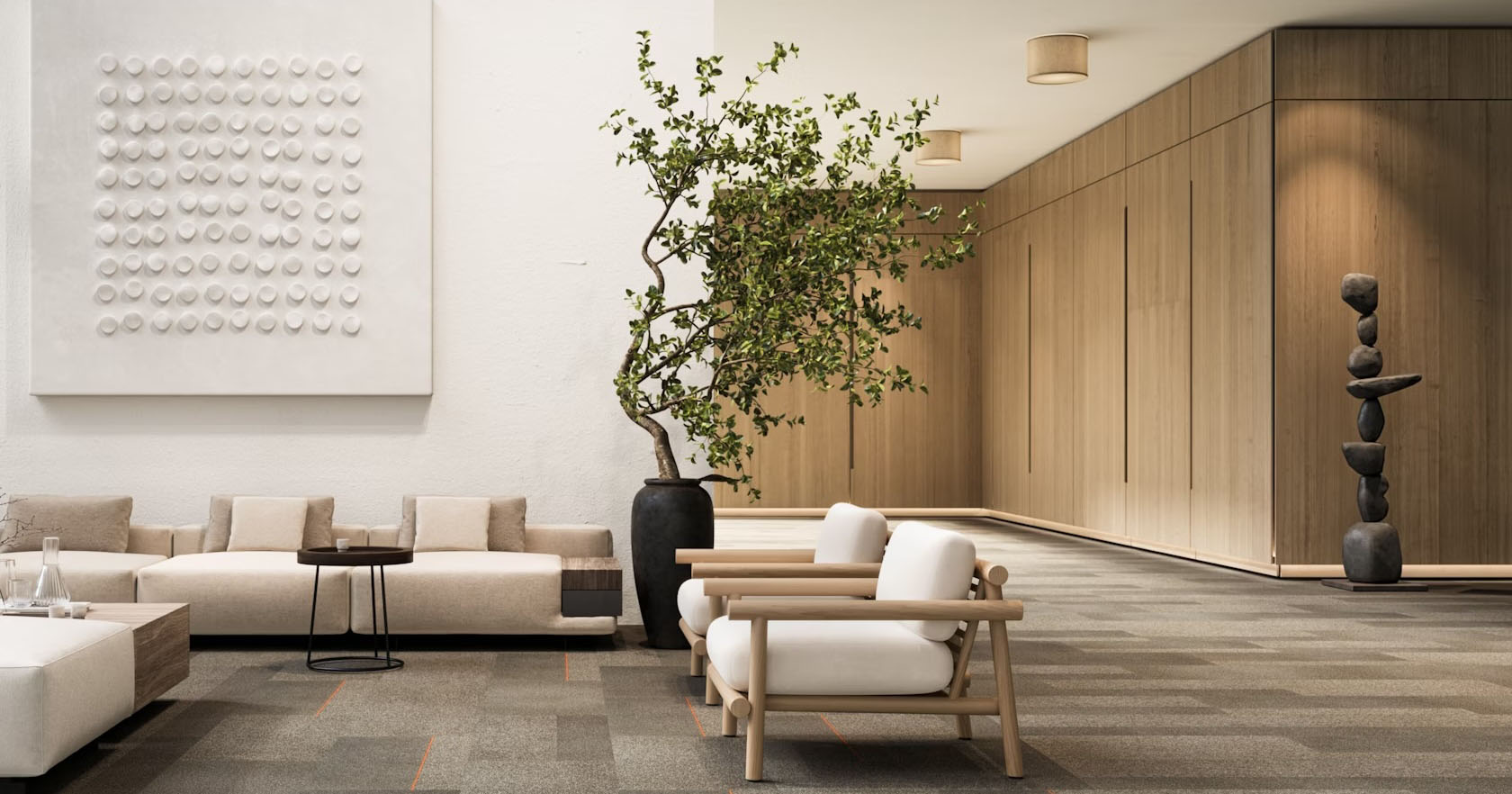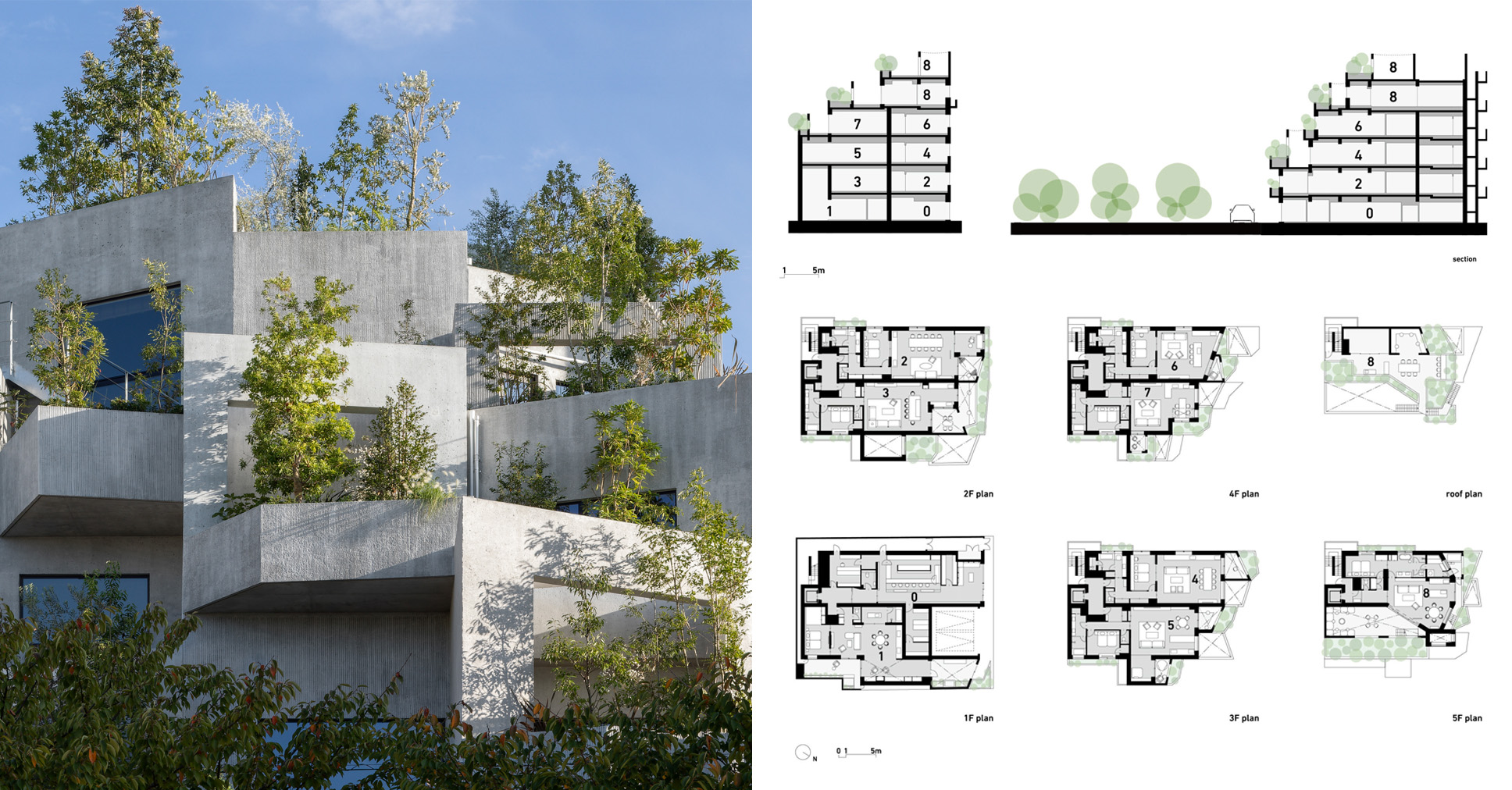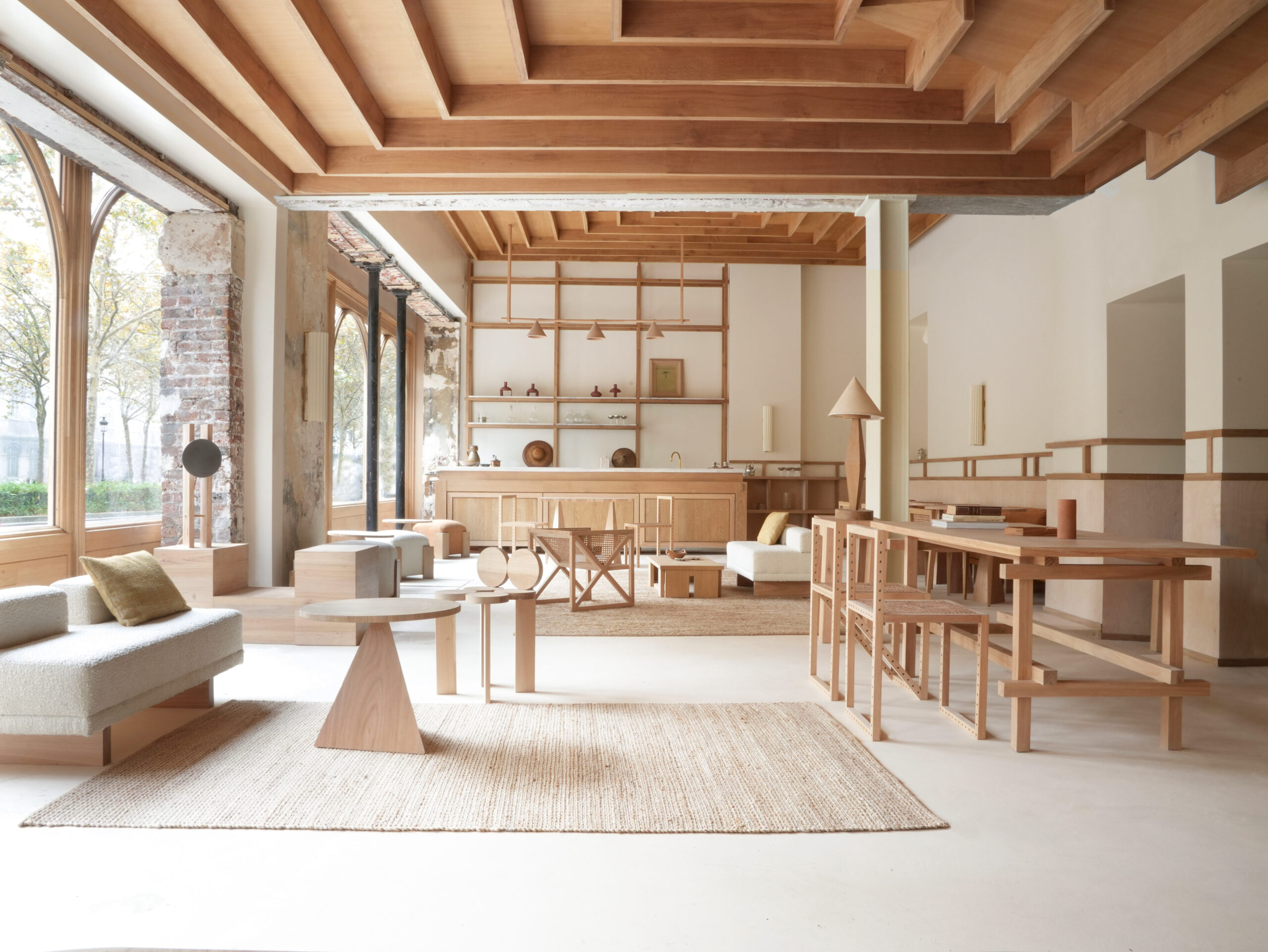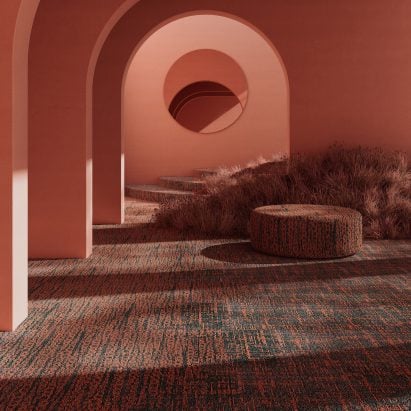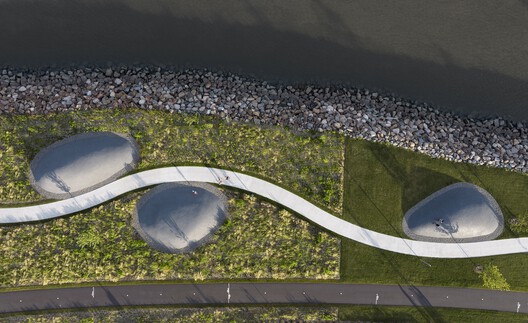Tim Fu uses AI as "design collaborator" for Slovenian housing development


Designer Tim Fu has unveiled plans for a housing development close to Slovenia's Lake Bled, which he claims is the first architecture project to use AI at all design stages.
Set to be built on a protected heritage site, the Lake Bled Estate is the "first fully AI-driven architectural project", Fu said.
It will include six villas with large arched windows designed with artificial intelligence (AI) and organised around a central garden, alongside an existing house built in 1909.

Fu's eponymous studio said it has utilised AI as "an active design collaborator" at all stages of the project so far.
This includes analysing zoning laws and spatial constraints, as well as researching the site's historical context to develop a masterplan that references traditional Slovenian architecture.
It was also used to improve the design's energy efficiency, form passive design strategies and give a selection of material choices.

"The Lake Bled Estate is the first project to achieve this level of end-to-end AI integration, where AI is not just generating concepts but taking on an active role in shaping the design development, technical optimisation and final production," Fu told Dezeen.
"While most firms use AI for specialised tasks, Studio Tim Fu has embraced it as an active design collaborator, working alongside architects at every stage of the process," he continued.
"This level of computational integration marks a turning point in architectural history, demonstrating that AI is not just a tool for acceleration but a structural shift in how design decisions are made."

According to Fu, the project benefited from the fast and numerous production of designs made possible by AI, which the studio edited with the client.
"AI rapidly generated countless design iterations in a fraction of the usual time, allowing us to refine ideas in real-time and facilitate a fluid, highly responsive design dialogue with the client," he said.
"This eliminated the typical back-and-forth revisions and made approvals far more efficient."
For part of the design process, Studio Tim Fu used large language models (LLMs), a text-based form of AI trained to recognise language patterns. The best-known example is OpenAI's ChatGPT.
Project data such as site conditions, heritage guidelines and spatial requirements was fed to the LLMs, which then gave solutions to help inform the housing design.
Generative AI software such as Midjourney and Stable Diffusion were used to produce concept designs, which Fu said were evaluated with optimisation algorithms to test the environmental performance and spatial design efficiency.

Fu claimed that by using AI for time-consuming tasks, like producing visualisations and making performance calculations, architects can redirect their time towards human-centred design considerations.
"By automating these processes, AI allows architects to shift their energy toward the more meaningful, intuitive aspects of architecture: designing for culture, heritage, emotion, user experience, environmental sensitivity, and spatial storytelling," he said.
"AI becomes the engine that powers possibilities, while architects remain the drivers of intent, atmosphere and human value."

AI will continue to be used for the following design stages of the Lake Bled Estate, including detailing, construction drawings, writing specifications and on-site construction sequencing.
Fu is also currently exploring ways to use AI for material optimisation, consultant coordination and value engineering to help improve communication and cost savings in the project.

"The aim is to build a seamless, AI-augmented pipeline that enhances human creativity and decision-making across the full lifecycle of the project," he said.
"The future of architecture is not about resisting AI, but collaborating with it," Fu added. "It is our responsibility to ensure that what we build continues to reflect the richness of human history, emotion, and imagination in an age increasingly shaped by machines."
Lake Bled Estate will be Fu's first built project. The designer previously used AI to transform photos of crumpled paper into models evoking the designs of starchitects.
In an interview for Dezeen's AItopia series, Fu said that AI could "bring back the beauty and aesthetics of the classical era".
The images are by Studio Tim Fu.
The post Tim Fu uses AI as "design collaborator" for Slovenian housing development appeared first on Dezeen.















